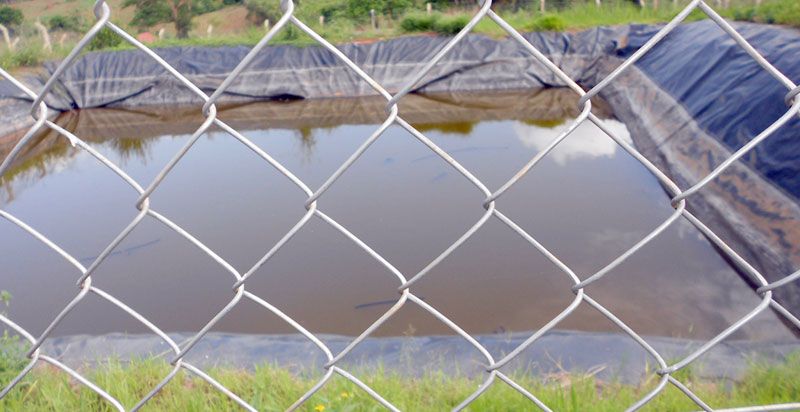
A fortnight ago, President Yoweri Museveni concluded a week-long tour of Operation Wealth Creation (OWC) projects in Luwero district. The president captured the attention of the nation with his personal involvement in demonstrating to local people how they can counter the effects of drought.
Using a bicycle and helpers to ferry jerrycans of water from wells to gardens, the president showed that with hard work, people can afford to safeguard their crops from getting scotched by the punishing hot sun, using easily accessible bottles that can work as drip irrigation accessories.
The president’s move came after an investigation showed that almost half of the coffee seedlings that were distributed to farmers by the government free of charge under OWC operations last season, dried because of lack of rain. The president lamented the loss as not just a loss of valuable taxpayer’s money but also as a blow to the government’s plan to achieve middle-income status by increasing people’s income through boosting exports of coffee, a major foreign exchange earner for Uganda.
But the president’s gesture in Luwero, though well intentioned, will likely yield nothing more than a mere show of humility, largely because of the difficulties associated with poor access to water in most parts of the country for meaningful agricultural production. This is more so during prolonged periods of drought as witnessed this year.
The situation is complicated by the long distances people have to move to get water for irrigation, let alone for home use.
As this year’s dry spell has clearly shown, people move almost a kilometre from their homes to the nearest water source. Getting enough water to irrigate crops is a practically arduous exercise that many would wish to do are stopped by the sheer lack of nearby water sources.
The president himself reluctantly admitted to the challenges of micro-level drip irrigation when he apologised for his government’s failure to prioritise irrigation in the past.
The increased intensity and frequency of droughts in recent years, which is attributed to climate change, means that irrigation has to be given more resources and planning to ensure that is feasible and less taxing.
Most villages across Uganda have one or two ponds which they use to collect water for domestic use. These ponds, although they may be fed by underground aquifers known in Luganda as (ensulo) hardly contain enough water to use for domestic use, let alone irrigation.
To illustrate the above point; my young brother Fred Kayizzi, has been growing tomatoes during the dry season in recent years to take advantage of higher prices of off-season tomatoes. Planting tomatoes in just half an acre last July was enough to dry up our ‘well’ because he needed at least 10 litres of water for each seedling. Successive irrigation events have exacted so much pressure on the family well that he had to abandon frequent irrigation so that we could spare enough water for our poultry, cows and other domestic chores.
The above example just shows that even with a family well, we struggle to get enough water for planting in the dry season and reserve enough for domestic use. We cannot start to think of irrigating other crops such as bananas, coffee, cassava etc.
Imagine that a hundred or so residents in a village have to descend on a well, like the president did, to fetch water for irrigation!
In fact, in many places across Uganda, the dry spell is associated with drying up of wells. People can walk up to four miles in search of water for domestic use alone. A few villages that have boreholes, long lines are almost a permanent feature during the dry spell.
And for crops with elaborate root systems such as coffee, bananas, it is practically impossible to irrigate them using small water bottles. Besides, when it gets very hot, water in the bottle heats up as well.
Practical solution
Although bottle irrigation sounds attractive, it is largely unfeasible. And considering that food production in most of homes is carried out by women, asking them to fetch water to irrigate crops is to add an impossible task on their already tired bodies.
The solution lies in two things; Promoting and embracing proven and tested crop varieties by scientists that withstand prolonged dry spell or reduced nitrogen intake. Nitrogen is a vital element for food production that is lost through leaching usually due to too much rainfall.
Another important intervention will come in the form of improved water harvesting and storage techniques.
Scientists from Uganda and other countries have developed a number of drought tolerant crop varieties for maize, bananas, cabbages, tomatoes that have the potential to have some yield with minimal water.
Maize varieties such as Drought Tego that was recently launched by the president himself during this year’s National Farmers Exhibition in Jinja, should be promoted and encouraged. But also other older technologies such as the Hybrid Longe maize varieties have demonstrated higher levels of tolerance to drought.
Traditional crops like Cassava are well known for standing the test of time when it comes to reduced water levels in the soil. Such crops should be encouraged in every home.
Besides crops, the government, communities and individuals need to wake up to the need to harvest and store water from rainfall run-off in preparation for the dry spell.
The government and local communities should consider putting in place measures that attract people into building dams for irrigation purposes.



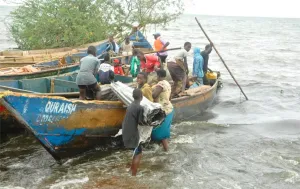

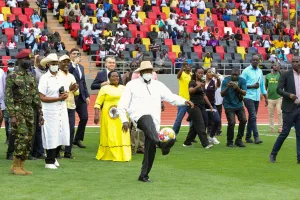

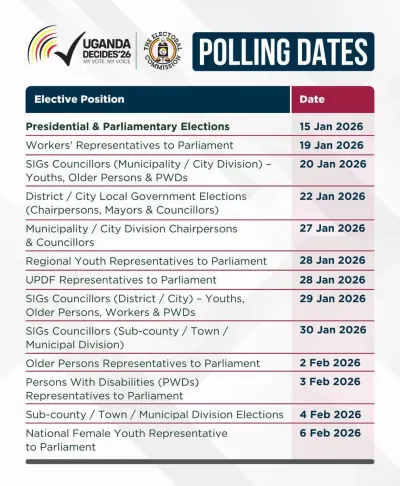

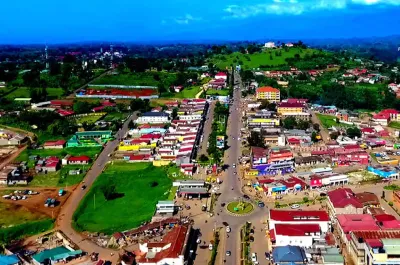
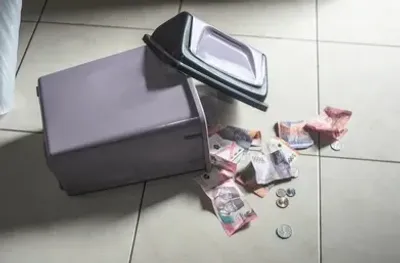
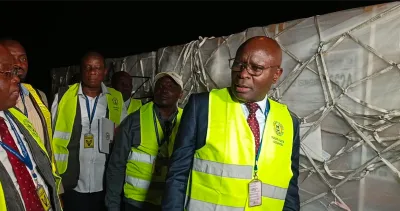

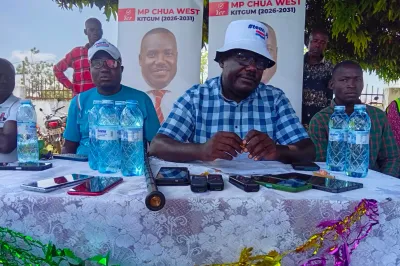

Sunrise reporter
Leave a Comment
Your email address will not be published.